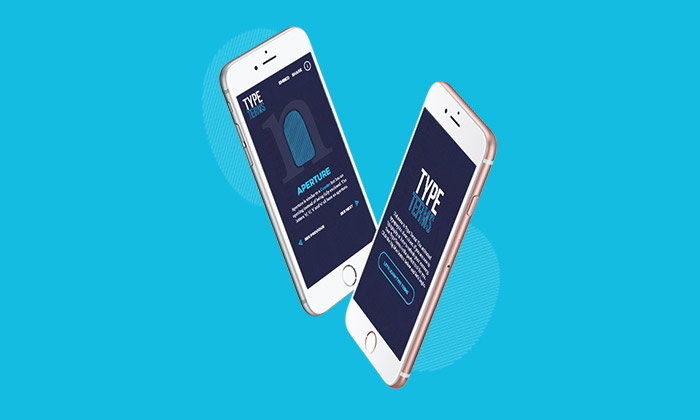Published 14th November 2024
Branding Glossary - Industry Buzz Words

From brand architecture to typography, there are many different definitions and buzz words that you or your client may be unfamiliar with when working on a project.
Many understand that the basics of branding involves creating a brand image with logos and graphics. But what about the other elements that go into this process of creating a memorable and trustworthy brand? Here are some of the terms we often use with clients that we recommend getting familiar with:
Brand architecture
Refers to the structure of a brand. The brand architecture helps to define how brands within a corporation relate to each other. It also helps to differentiate how the branding should differ from one brand to another.
There are four common types of brand architecture:
Branded house:
Brands are organised around and follow the visual identity of the corporate umbrella brand. An example would be Google.
Sub-brands:
Brands that are visually connected, but still have their own brand identity in some way. An example would be the Virgin group.

Endorsed brands:
Brands and products that are endorsed by larger brands, and who often have their own identity. An example would be Kellogg’s.

House of brands:
Where one brand oversees several brands and products, each with their own brand identity. An example would be Procter & Gamble.

Brand assets
Brand assets are components that help consumers identify a specific brand. Examples of brand assets include logo; typography; colour palette; graphic elements; and photography.
Brand audit
A brand audit is carried out to assess a brand’s position within the market and whether it is performing to standards and achieving set goals. The three main areas of an audit are internal branding; external branding; and customer experience.

Brand awareness
Brand awareness is a term used to describe the level of awareness a customer has towards a brand under different circumstances. Having brand awareness is critical when developing a brand.
Brand equity
Used to refer to a brand’s commercial value or worth.

Keller’s Brand Equity Model
Brand experience
Refers to all the interactions a consumer has with a brand identity, through design; packaging; and other communications.
Brand guidelines
Brand guidelines are a set of rules that explain how a brand should work and be implemented. The guidelines usually contain overviews on a brand’s history, mission, values – along with rules on how colour, typography and imagery should be used.

Brand identity
See ‘Brand Assets’
Brand image
Used to describe the perceived value consumers have towards a brand in comparison to competitors. A positive brand image can help brands generate more revenue if their brand is perceived as better compared to another.
Brand Mission
A brand’s mission statement should contain what the purpose of the brand is. It also covers the brand’s goals and how it’ll achieve them.

Brand personality
A set of human characteristics assigned to a brand – brand personality is key in providing something which a consumer can relate to, therefore elevating the brand.
Brand strategy
A long-term plan that covers goals for the brand to achieve. These goals are often split into four sections: mission; vision: values; personality.
Colour Palette
A group of colours to choose from for use in visual communications.

Logo
A graphic mark or symbol that is used to represent a specific product, service or organisation.
Strapline/Tagline
A catchphrase or slogan that is used to represent a brand’s values within a few words.

Tone of Voice
Refers to the personality that an organisation’s content takes on.
Touchpoint
Refers to any way that a consumer interacts with a business – this could be through a website, social media, packaging etc.

Typography
The design and style of letter forms and type.
Typography terminology is a different thing all together, so we created Type Terms. This online animated cheat sheet highlights the important typographic terms designers need to know.

There are many other terms used, but learning the buzz words in our list will help you understand and communicate the direction you want your branding to go.
Now you know the lingo, why not start your branding journey with with our experts here at Supremo? Whether you’re looking to start from scratch or give your brand a refresh, we’ll create a unique brand that truly represents you. Simply fill out our project planner or get in touch with Ellie below.
